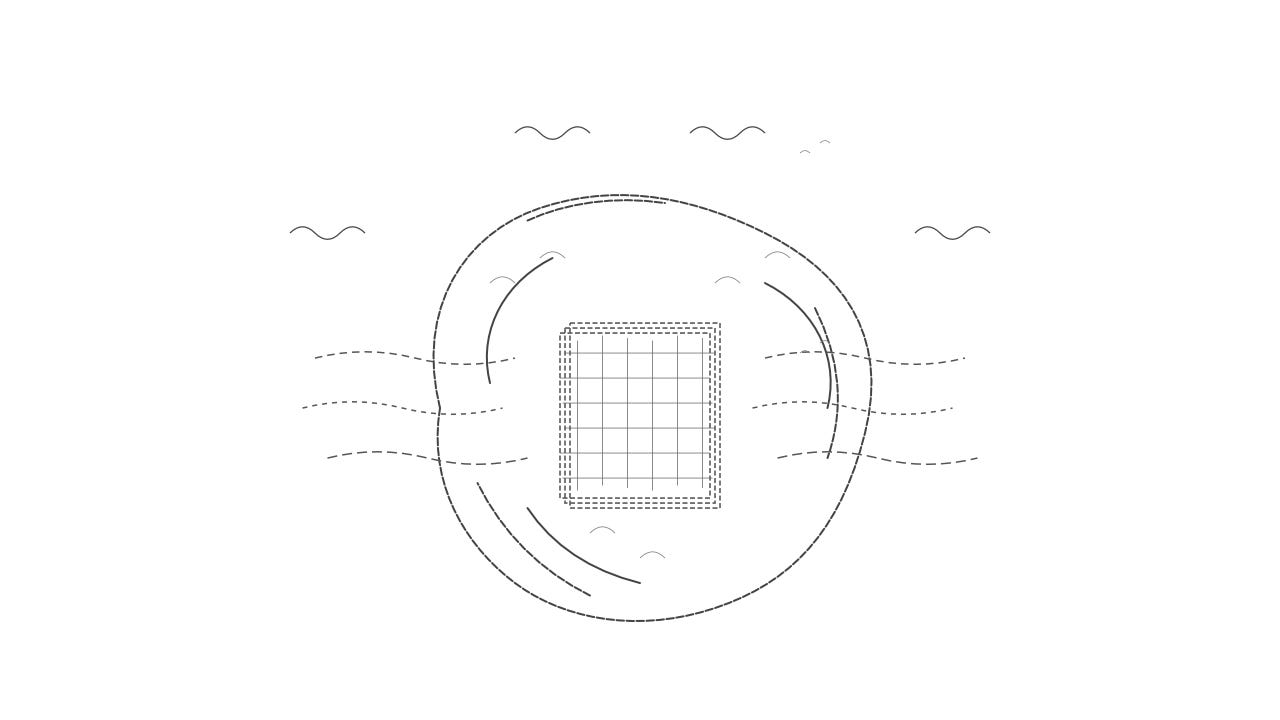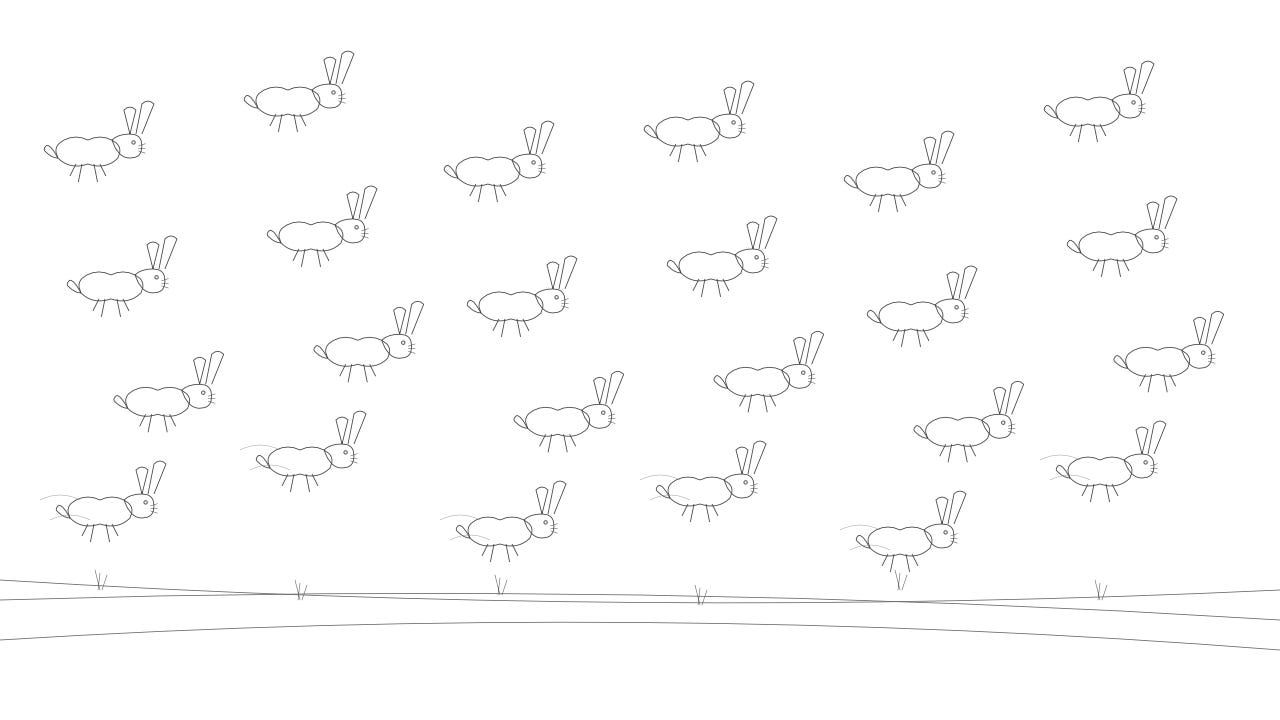In this short chapter, we are going to look at how to change our brains programming. We also explore how programming automation works and the perceived security it offers.
Evolution has hardwired us to react in specific ways to specific situations. We can think of this along the lines of the “fight or flight” response. But we also hardwire ourselves through repetitive reprogramming. This programming often happens at a subconscious level in our normal everyday environment, it also happens when we project forward using our imagination.
We are creatures of habit. Our thoughts and physical activities are, to no small extent, hardwired. If we don’t change this wiring, we can predict with confidence that our lives will be the same tomorrow and every day after that. These hardwired responses trigger predetermined programs.
To change our responses, to change our programming we need to understand how we are wired. To understand our wiring, we need an interrupt. An interrupt is something that causes us to stop and check our automation. But first, you need to identify your hardwiring in two areas:
Your external environment
Your internal environment
For your external environment, one of the best ways is to observe those around you. How do they react to given situations, and how do they resolve them? Pay particular attention to the speech patterns of others and your responses to those patterns. By analysing these, you will gain insight into your patterns of response.
What you are doing is using other response patterns to expose your own patterns.
After these conversations, find time to replay the entire conversation. Do you overcomplicate things, wander into another topic, or drift into talking about others? Why did you respond as you did? We may assume we are different, wiser, and more capable of making informed and better decisions. But are we?
To challenge something, we must be aware of it. Automated responses operate below our conscious awareness. The program activates and produces the response. By paying attention, we will train our minds to become conscious of unconscious programs. Analysing these unconscious programs will reveal their purpose.
We want to reinforce beneficial programs and challenge negative. Any program resisting something you want to bring into your life must be challenged. We need to stop the negative program before activation. We need that interrupt to gives us perception into the potential mental block.
Automatic Responses Offer Us Psychological Security
The problem here is one of perception. Our subconscious mind has our best interests at heart; it strives to keep us out of danger and maintain a pleasant environment free of challenge or risk. However, the subconscious often conducts risk evaluations using our primitive animal survival instincts.
This evaluation is taking place as we process the normal day-to-day activities of living our lives.
Internal environment
Imagine you are a salesman making a cold call to a prospect. You expect that you will be rejected by this customer; that belief carries emotional energy that reaches your subconscious mind. Your subconscious does not like rejection and wants to avoid it.
Rabbits are released!
Your subconscious will convince you to stay longer in the café enjoying your coffee—better to protect you from the emotional pain of another rejection.
To distract you, it puts a picture of a tasty muffin at the forefront of your mind and simultaneously activates your salivary glands. Now, instead of making your risky sales call, you're safely enjoying a delicious muffin with your coffee. And as your coffee is now half gone, you may as well top it up! Did YOUR mouth start watering as you read that? Mine did as I was typing.
Next, your subconscious reminds you of another prospect who may not reject you—this involves a 45-minute journey! Yes! That's a great solution! You take another coffee and muffin and later drive over to see Jo for a nice safe chat. During the journey, the rabbits show up again.
This automatic reaction must stop. Most books tell us to use willpower; they instruct us to set a goal to overcome our automatic responses. Setting goals to change subconscious psychological triggers is not an effective method—in most cases, you will fail.
The Fastest Route to Your New World
The biggest obstacle to reaching your new world will be misdirection and distraction. We must take control of any distractions.
In this cafe example, this started with filling up your coffee cup. When you sat down to drink coffee and took the first sip, you were not considering a muffin; neither were you considering topping up your cup. What you were doing was enjoying the environment—a safe, warm environment that poses no threat to you. Then you projected forward in time to your next sales call; this projection triggered a self-protection program.
In the beginning, it helps to understand the reason for the program: What caused you suddenly to want a muffin that you didn't initially intend to eat? To do this, you need an interrupt; you need to study the trigger and be brutally honest with yourself. After a short while of doing this, you can shortcut this process: As soon as you recognise misdirection from the train of thought on which you wish to remain, kill the rabbit that it is!
When you recognise a thought or action pulling you back into your old self, behead the rabbit.
Get the image of a blood-soaked battlefield full of rabbit carcasses—that is where you see yourself standing! If you can’t handle it, lay down your sword and let the rabbits of mediocrity advance.



